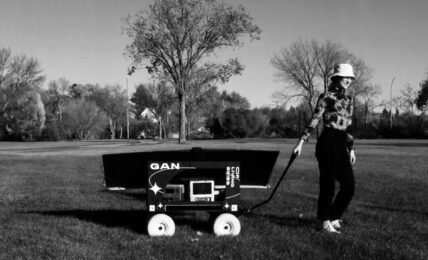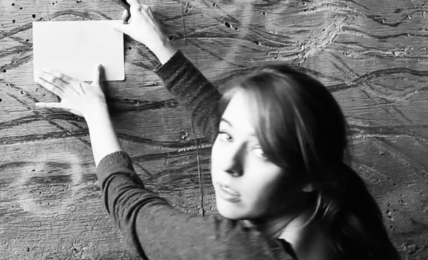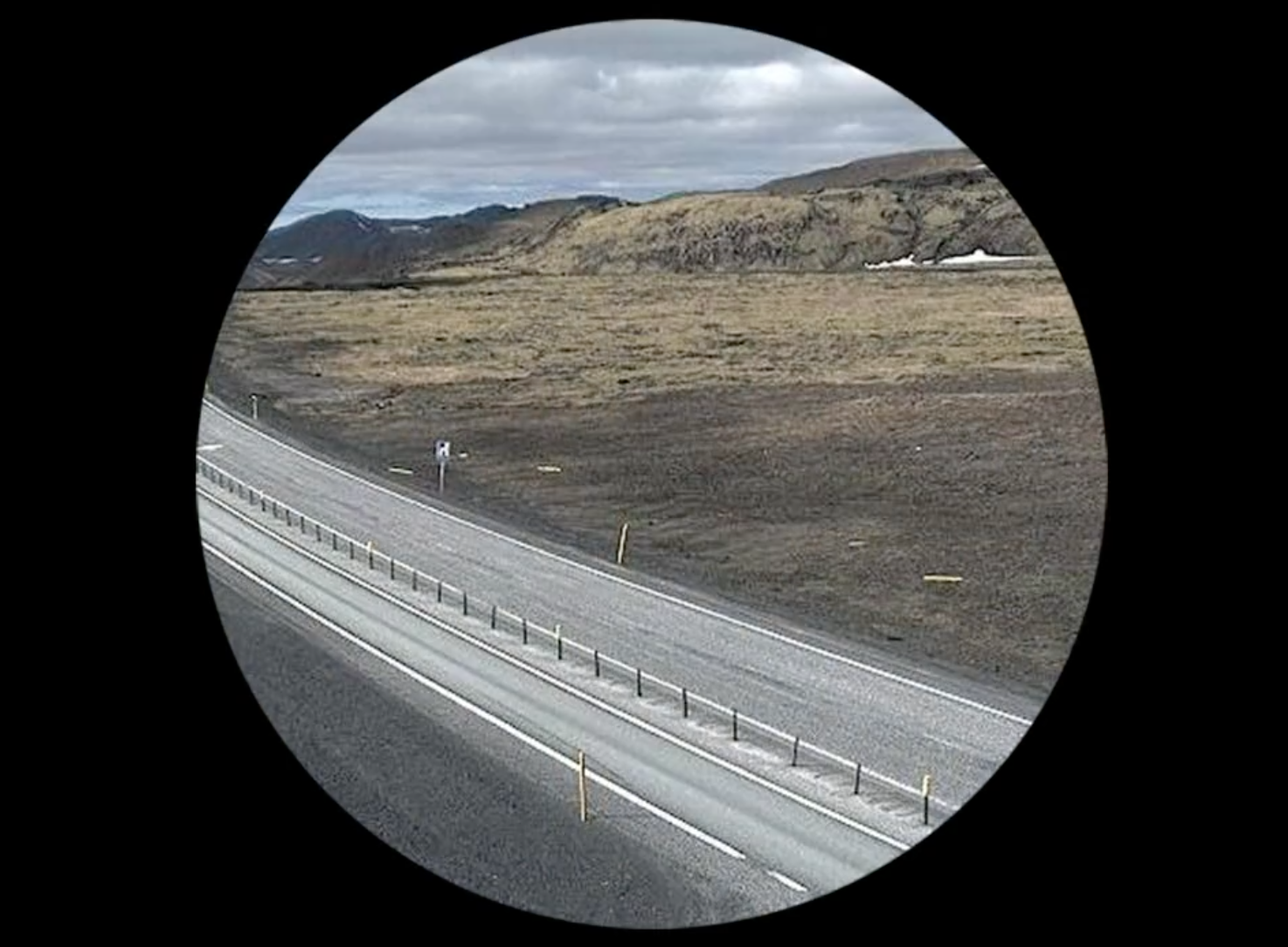Digital America interviewed Jody Zellen in November 2021 about her work Avenue S (2020) and the effects of Covid-19 and resulting period of isolation.
:::
DigA: Avenue S involves familiar public issues during the peak of isolation in COVID-19—protests, isolation, political dilemmas and more. How did you choose which topics to include in the piece? What was your experience with quarantine, and how did it inform the piece?
JZ: During the Pandemic I was extremely frustrated by the lock down and forced isolation. Because I live in a place with mostly good weather I was able to be outside a lot and took advantage of this by walking and exploring what was happening in my neighborhood. During the protests and the election, I definitely looked at the media and drew inspiration and culled imagery from what was happening world-wide for the project. I never made an outline or thought I should look at this or that thing in particular— the piece really came about spontaneously from reading the newspaper and going on walks every day. I see it as my pandemic journal. Of course it is a more visual than written journal, but it became a way to keep track of what was happening around me.
DigA: As your city of Santa Monica transformed from a bustling city to a ghost town during COVID-19 lockdown, and you channeled that shift in Avenue S, did you consider shifts in less populated spaces in both the US and around the world? If so, did that exploration influence the piece?
JZ: Avenue S was really about what was going on around me. Because of Covid, travel was very restricted so I began to explore my neighborhood by taking many walks and allowing myself to be open to whatever I happened upon. The photographs I made on my walks often found their way into Avenue S. I also used images from the news (I look at two papers every morning) to obliquely comment on what was going on in the world in addition to making animations that feature a stick-like human figure that travels through different abstracted/simplified worlds. I think during the height of the pandemic, the feelings of isolation were pretty universal and I tried to explore this in the piece.
DigA: You have created a numerous number of works throughout the art world, such as apps, photography, animation, writing and more. Can you talk about your approach to choosing a medium for your projects? Do you have a favorite?
JZ: I began making net art as I saw it as a way to share my work with diverse audiences beyond a fine art / gallery setting: anyone with a computer and an internet connection. I saw it as a form of public art. When I got my first iPhone, it occurred to me I could make work that was interactive for that platform and eventually began to make iOS apps. I have 8 apps that are available in the Apple App store. I love the idea that people can carry my artworks in their pockets and look at them anywhere they go. But after making a few apps I grew frustrated with Apple’s store and the constant iOS updates that soon made some of the apps obsolete. When possible, I like to show my works in public spaces. While I do make art for galleries, I also like to present my work in spaces that are accessible to everyone. I see writing as a part of my practice and currently write an art review every week that I post on www.whatsonlosangeles.com, a listing site I co-created in 2013 and continue to maintain. I do not have a favorite medium but rather gravitate to whatever medium best suits the ideas and the project.
DigA: Your piece, Without A Trace, brings in social and political issues as well. How do you think Avenue S relates to and builds off of Without A Trace?
JZ: Avenue S is more spontaneous and personal than Without A Trace as that project is really based on chance juxtaposition when disparate images as well as texts culled from the news media come together. My Instagram project Photonews5 is much closer in form and content to Without A Trace. In Avenue S, I don’t foreground the news, but rather respond to what I see in the news and in the world around me.
DigA: Avenue S has built off of your past work in net art. What are you working on now? Will it continue to build off your past work?
JZ: Avenue S is an ongoing project and since it began in March 2020 I have added new pages —images and animations— on a regular basis. It has grown to more than 350 unique pages/artworks. Avenue S is one of many projects I maintain and build upon on an ongoing basis. I make a daily image based on current events culled from the New York and Los Angeles Times that I post at www.instagram.com/photonews5. I also have been making collages by cutting up old Artforum Magazines. I also post these on Instagram here: www.instagram.com/artforum_collages. I am sequencing some of the animations within Avenue S to be a longer stand alone animation. A NY composer, Jonathan Zalben is working on a sound component to complement the animations and we’re hoping to exhibit that next year.
:::

Jody Zellen is a Los Angeles based artist who works in many media simultaneously. She creates interactive installations, mobile apps, net art, animations, drawings, paintings, photographs, public art, and artists’ books. What motivates her as an artist is to learn how to use and then integrate digital technologies into artworks that enliven and activate both public and private spaces. She wants her viewers to be inspired to think about the relationship between what is seen and what is imagined.



